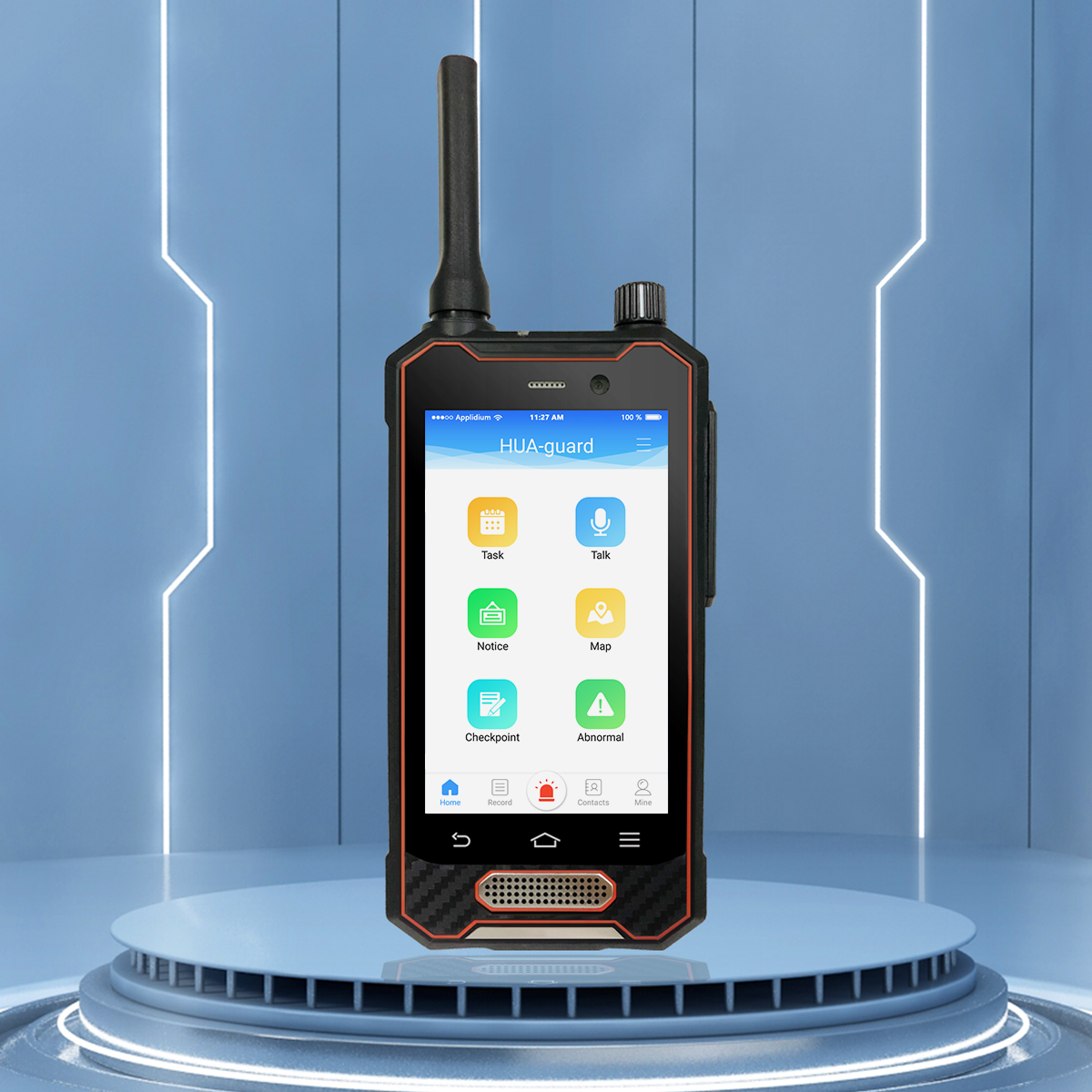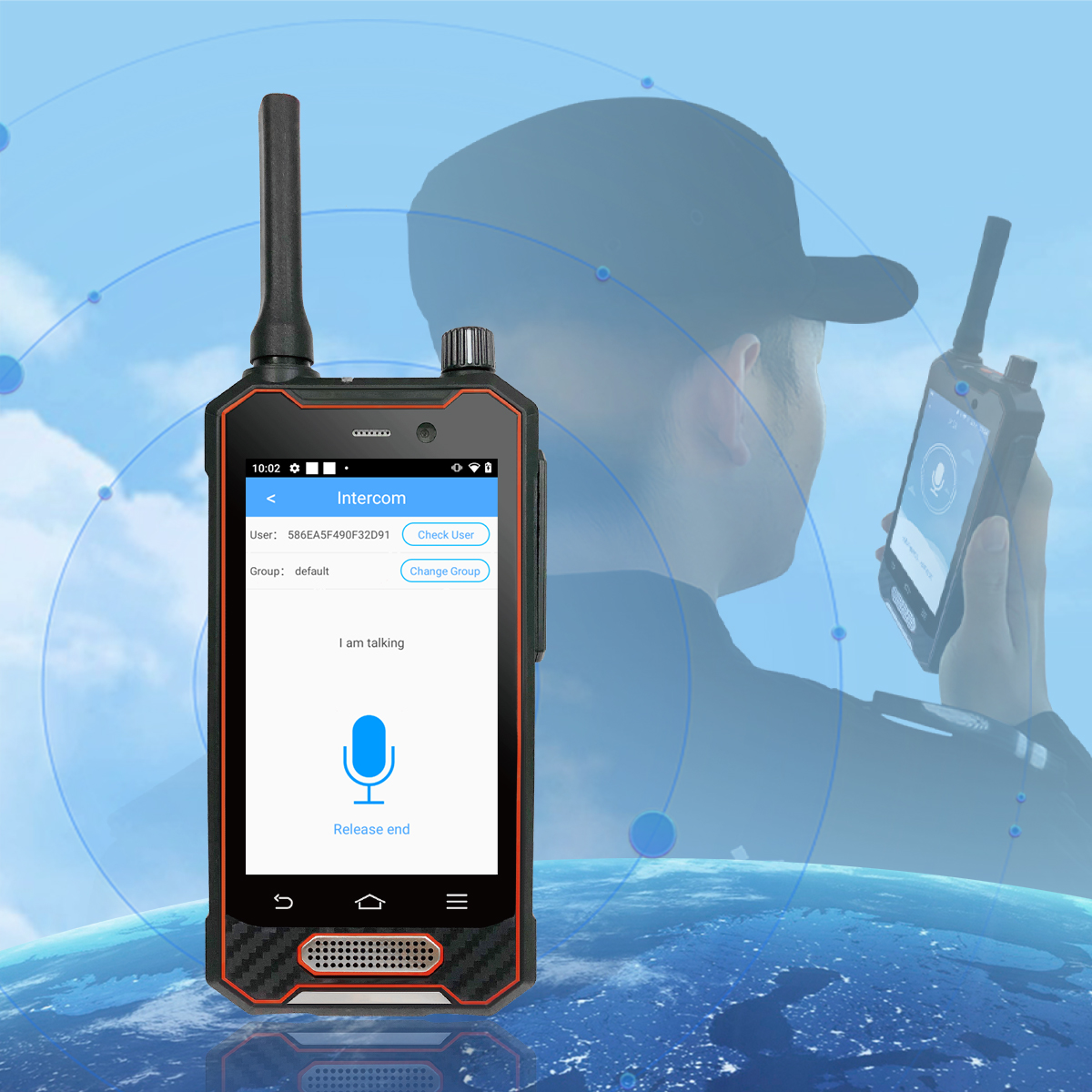

Gate access control systems are essential to managing physical access to facilities. These systems control the movement of individuals through gates, doors and entry points, ensuring that only authorized personnel can enter restricted areas. The fundamental role of any access control system is to maintain security while providing convenience and flexibility to security personnel and users.
Handling dynamic access requirements means that these systems must be able to adapt to a variety of situations and security needs. Access control systems incorporate various technologies, including biometric scanning, RFID, and mobile credentials, to ensure that access is granted efficiently and securely. The key to meeting dynamic access needs is flexibility. Facilities can customize gate access control systems to meet their needs, providing a high level of configuration and adaptability.
One key component in handling dynamic access needs is real-time data integration. A gate access control system that integrates with a real-time data platform can adjust security protocols on the fly as circumstances change. For example, if a facility expects many visitors, the access control system can temporarily adjust access rules to accommodate them. This may include automatically issuing visitor badges, extending access hours for certain employees, or prioritizing access for senior personnel.
These systems can also adjust based on the time of day or specific scenarios. For example, after-hours access may be limited to specific employees, while the system may grant broader access during business hours.

As business grows and facilities expand, access control systems must be able to scale seamlessly. A dynamic system will allow companies to add new access points, manage large numbers of people, and introduce additional security measures without significant disruptions. This scalability is essential for industries growing rapidly or with fluctuating foot traffic.
Scalability involves managing more entry points and adjusting access rules. In a growing business, employee hierarchies may change, requiring different access levels to other employees. Gate access control systems must adapt quickly and effectively to such changes, ensuring that employees at all levels are given appropriate access while maintaining security.
Traditional access control systems, such as key entry or simple swipe cards, may not be adequate to handle dynamic access needs, especially in high-security environments. Access control systems incorporating advanced authentication methods, such as biometrics, RFID cards, and mobile app credentials, provide enhanced security and flexibility.
These advanced methods enable systems to respond more dynamically to different levels of access requirements. For example, biometric authentication can ensure that only specific individuals can access restricted areas, while other employees can use mobile credentials to gain broader access. Mobile credentials are becoming increasingly popular due to their convenience and ease of use. With mobile apps and NFC technology, users can tap their phones to gain access.

Dynamic access needs are often driven by time- or location-based factors. Access control systems can combine schedules and location-based rules to ensure that only authorized personnel can access specific areas during specific hours.
For example, one employee may only access certain areas during office hours, while another may need access throughout the day. With time-based restrictions, the system can automatically adjust security levels based on the time of day or specific days of the week.
On the other hand, location-based access involves controlling access based on an individual's physical location. Employers may grant employees access to certain areas in a large facility or multi-building complex but not others. Similarly, the security team may need access to all regions, while regular staff members have limited access.
Gate access control systems are essential to handling dynamic access needs in modern business environments. With the right system, businesses can effectively respond to changing access needs, ensuring tight security measures while accommodating operational flexibility. Integrating advanced technology, real-time data analytics, and scalable capabilities enables access control systems to provide a highly adaptable solution for any organization, regardless of size or complexity.